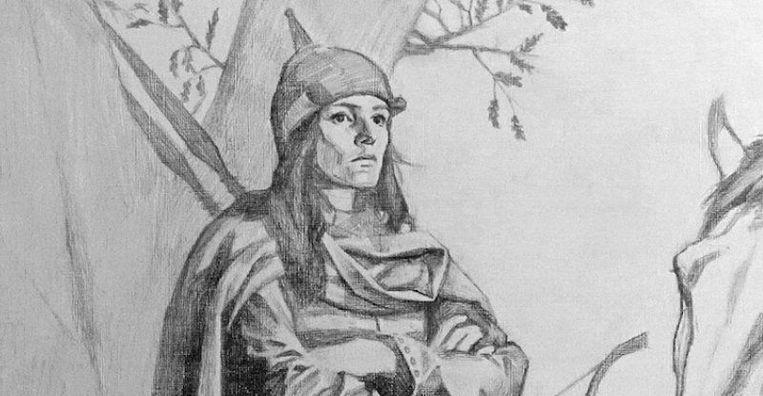Anyone who thinks that female Viking warriors only exist in spectacular fiction series such as ‘Vikings’ is wrong. An ancient war grave in Sweden turns out to be a woman with a high status, who was between 30 and 40 years old. This was once again confirmed by scientists after fierce criticism of a 2017 study.
At the end of the nineteenth century, a prestigious Viking Tomb from the tenth century, discovered in Birka on the Swedish island of Björkö. Besides to the body, there were also remains of two horses and a collection of weapons of war. It was then assumed that the grave was a large male warrior, but now scientists have reconfirmed that it is a female warrior.
When the Viking grave was excavated, according to archaeologist Hjalmar Stolpe (1841-1905) it was a warrior: the deceased was buried with a sword, an ax, a spear, a few arrows, a knife, shields and two horses. Also, the body was found with a board game in the lap, with which combat strategies were developed. In short: it was a powerful warlord.
Female cheekbones
Osteologist Anna Kjellström from Stockholm University was allowed to examine the bones a few years ago for another project and discovered some contradictions. “The cheekbones were finer and thinner than with a man, and the hips were very feminine,” she concluded. But, she received a lot of criticism from several colleagues. According to those skeptics, the wrong bones were analyzed or the person unearthed had no traces of wounds. Others even claimed that the person was a transgender.
The researchers have thus done their homework again and refute the criticism from 2017 in the scientific journal Antiquity. Again the conclusion is: the war grave was for a person of high status, and the warrior in it was unequivocally a woman.
They emphasize the fact that the right person was analyzed, that it was buried only and that no other male warrior was buried with it. According to the researchers, the weapons left behind in the grave prove the high status of the warrior. They list all the finds one by one: a sword, ax, fighting knife, two lances, two spears, a series of shields and preferably 25 arrows. Those last objects state that the Viking was an experienced archer.
In addition, the bones of two horses were also found in the grave, which also points to the high status within the Viking society. Household tools that are more associated with Viking women, on the other hand, were not found in the grave.
Prejudices
The scientists also explain that the earlier, wrong identification was the result of a study that was done on the basis of the contents of the grave and that an analysis of the bones was missing. In the new study it is again pointed out that at the time of the discovery, at the end of the nineteenth century, the Viking warrior was only associated with men. The image was thus based on prejudices.
Viking mythology has always mentioned the existence of female combatants. The first disputed female warrior is just fiction, was Charlotte Hedenstierna-Jonson, an archaeologist at the University of Uppsala. On the basis of a DNA study, she found no traces of Y chromosomes at the warrior from the grave in Birka, which are indicative of the female gender. They concluded that the DNA of all tested bones had two X chromosomes.
Finally, there was the hypothesis that the warrior would have been a transgender. “Transgender is a modern, especially Western term, and it is therefore problematic if we apply it to people from a distant past,” the authors said.
